| Look at those Koreans ... |
| They copy everything, even logo's: |

|
becomes:
|

|
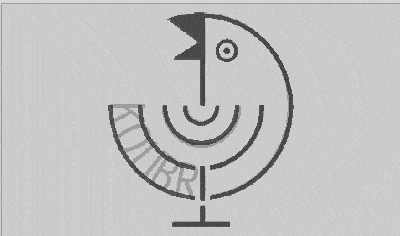
|
|
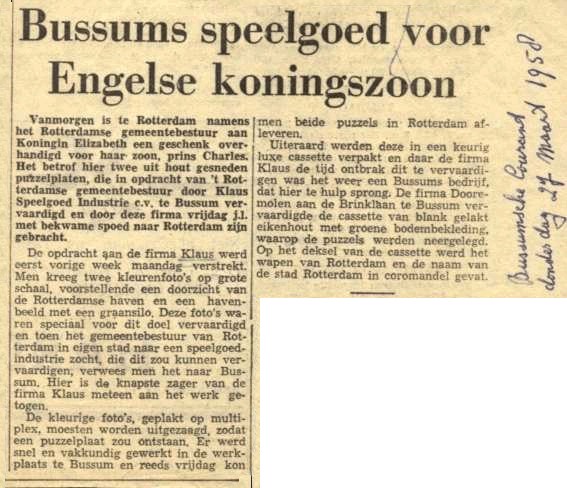
|
Toys from Bussum for English crown-prince
(Bussumse Courant, 27-03-1958 - TRANSLATION ) This morning in Rotterdam, on behalf of the Rotterdam Town Council a gift was handed to Queen Elisabeth for her son prince Charles. It consisted of two wooden jigsaw puzzles, made by Klaus Speelgoed-industrie c.v. in Bussum, and transported by them last Friday to Rotterdam. The order was given only Monday last week. They were given two colour photographs, portraying an overall view of the Rotterdam Harbour and a view of the harbour with a grain silo. These photographs were especially made for the purpose and when the council went to look for a company in the city able to perform the task they were pointed to Bussum. Here the most skilful sawyer went straight on the job. The colourful pictures, glued on triplex, had to be sawn sawn to puzzles. In the factory in Bussum a quick and competent job was performed and already on the Friday both puzzles could be delivered in Rotterdam. Of course they were packed in a befitting luxury cassette and as Klaus did not have time to make it themselves, another company in Bussum helped out. Dooremolen on the Brinklaan in Bussum constructed the cassette from clear varnished oak with a green lining whereupon the puzzles were laid. On the lid the arms of the City of Rotterdam and it's name fitted in calamander . |
|
Puzzle challenge
|
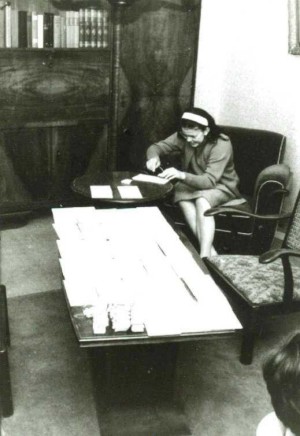 Sister Erna (now Koelman-Klaus) busy reassembling a stack of dropped puzzles
Sister Erna (now Koelman-Klaus) busy reassembling a stack of dropped puzzles
|
|
Selection of pictures
|
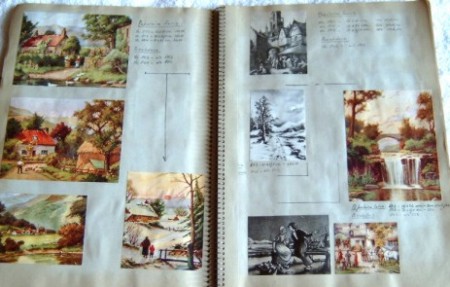
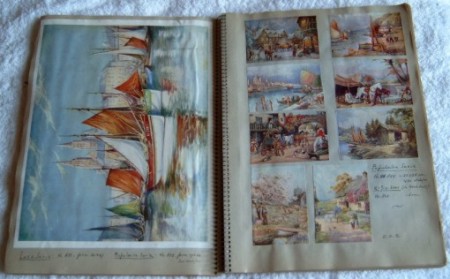
|
|
Work for others
|